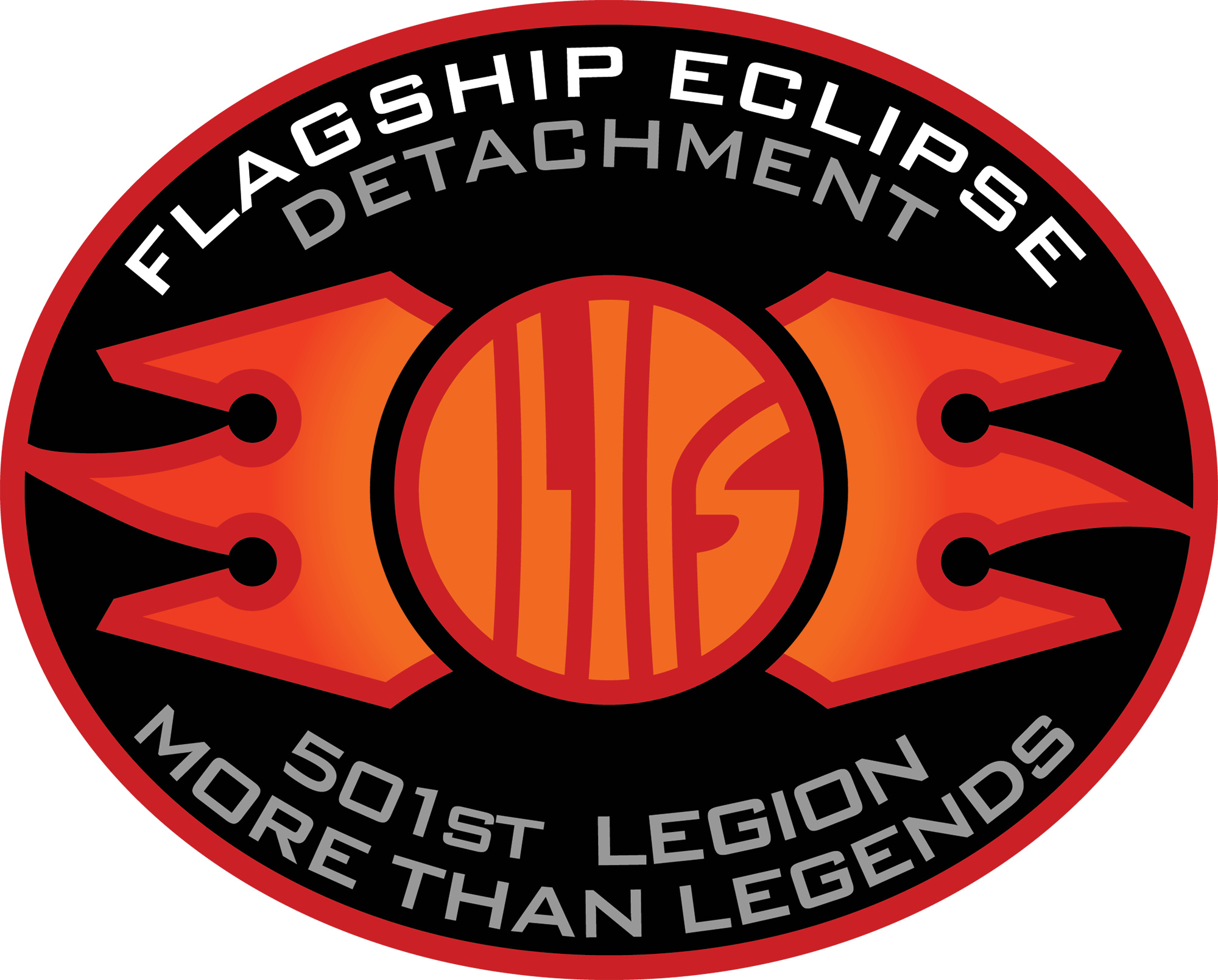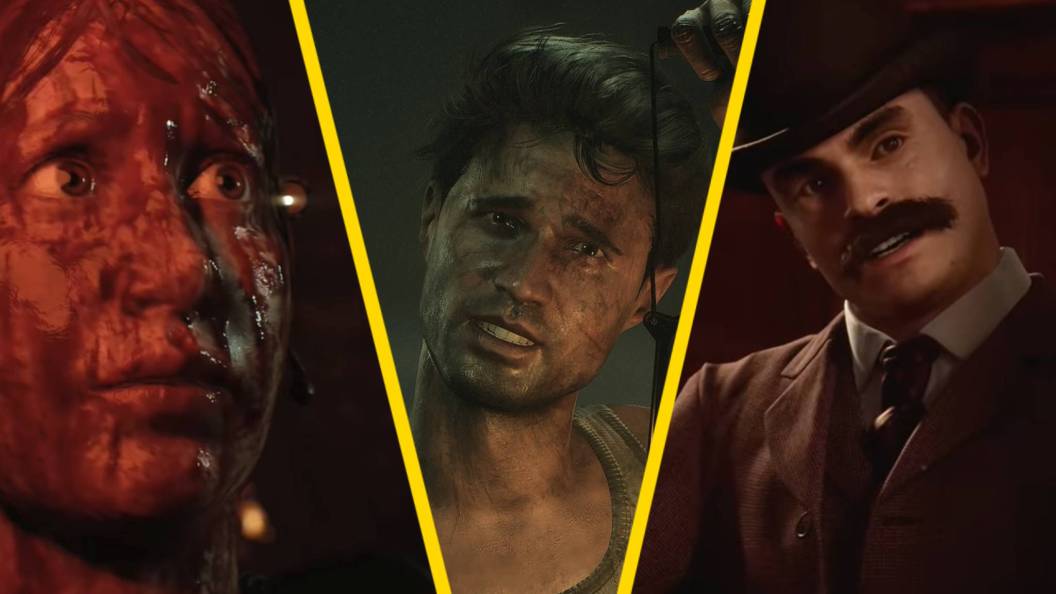
Some choices matter more than others. I have a love-hate relationship with Supermassive’s interactive horror games as some entries are impactful, entertaining, and engaging, but others fall face-first at the final hurdle, or their frustrating choices kill their replayability. With The Dark Pictures Anthology referencing true stories and standalone Supermassive games mixing subgenres, there’s something for gamers and non-gamers alike, depending on what kind of story you want to dive into.
I’m sincerely hoping that Directive 8020, Supermassive’s upcoming game, is a banger that offers difficult choices, challenging quick-time events, and characters that are easy to align with. Ahead of its release, let’s rank all interactive Supermassive games (other than Shattered State), including a rating out of 10 for each game’s overarching plot, the satisfaction of its conclusion, and how likable/memorable the characters are.
8) The Devil in Me

- Release date: November 18, 2022
- Story rating: 3/10
- Character rating: 3/10
- Ending rating: 2/10
The Devil in Me offered a mediocre plot with boring characters. It reached its peak in the opening 10 minutes and then plummeted. I cannot remember any character names or important moments, aside from the frustration I felt at some death scenes because I chose to give one character an item over the other. There was nothing memorable (aside from the gory deaths that resembled American Horror Story). The idea of an immortalized H.H. Holmes felt like it was glorifying a very real, psychotic killer as if he were as iconic as the fictional Dead by Daylight villains. The Devil in Me never made me feel hopeless for the characters, but that everything I was experiencing was pointless and a waste of time.
The reason this game fell so flat for me was that every decision I made felt like a 50/50 coin toss that would later come back to bite me if I accidentally made the wrong choice. You wouldn’t know if you made the correct choice until hours later, putting you too far forward to ever risk going back and correcting it. What I did like, however, was that each character had a signature item that acted as a gimmick to switch up the gameplay, keeping the exploration fresh. Sadly, this entry leaned more into wanting to see how the cast could die, rather than actively working hard to try and save them all.
7) The Casting of Frank Stone
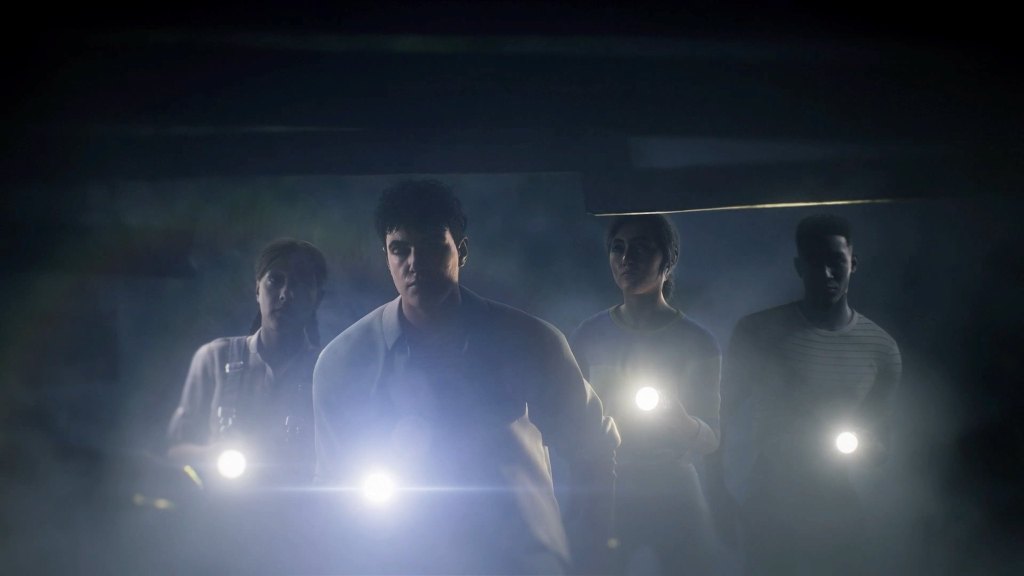
- Release date: September 3, 2024
- Story rating: 4/10
- Character rating: 7/10
- Ending rating: 3/10
Casting of Frank Stone had one of the best starts to a Supermassive game and included a full cast of likeable characters. I enjoyed the different timelines, but the game took a turn for the worse when Frank Stone reappeared… killing everyone. There was no real threat, choice, or consequence in this game. You should want to keep everyone alive, yet this was pointless, as the whole story was an obnoxiously long explainer on how the group became the survivors and Frank Stone was the first Dead by Daylight killer.
Frank Stone offered a different variation of the same ending. While it has a great feature to jump back to the start of any chapter, this was only a half-baked idea as backtracking for collectibles ended up tedious and frustrating because you couldn’t jump to any and every scene. It was far more restrictive than it should have been. Worst of all is that backtracking overwrote your current progress, so you’d have to go back again if you want to get back to where you originally were. This was particularly frustrating for one of Chris’s decisions towards the start of the game, which would have repercussions at the very end of Frank Stone.
6) Man of Medan

- Release date: August 30th, 2019
- Story rating: 5/10
- Character rating: 4/10
- Ending rating: 5/10
Man of Medan started out strong but quickly fizzled out with its average characters that were surface-level at best. There was no reason to feel strongly about any of them, regardless of whether you liked them or not. The story and horror subgenre were intriguing yet poorly paced and it sadly leaned too much into the psychological. The twist may not be viewed as a negative to those who enjoy this kind of narrative.
There was mystery, but neither the supernatural or psychological scares were enough to make Man of Medan an authentic horror. On top of this, the twist made the persistent threat feel less dangerous when you look back at what you’ve accomplished. Without the twist in mind, the stakes felt higher than other Dark Pictures entries. This was a more simplistic entry in Dark Pictures, which makes sense as it was the first. Sometimes I wish Supermassive would return to the basics and focus on delivering characters with depth and a compelling story, with decisions that actually made sense.
5) Hidden Agenda

- Release date: October 24, 2017
- Story rating: 7/10
- Character rating: 4/10
- Ending rating: 5/10
What was interesting about Hidden Agenda is the use of a smartphone to make every decision. This made Hidden Agenda feel the most like watching a film than playing a video game. You never had to take your eyes off the screen, which strengthened its overall immersion. Hidden Agenda feels more and more relevant as time goes on, with a story that resembles something we’d see in Netflix’s top 10. Investigating a serial killer who also wants you dead—your decisions felt like they actually had butterfly effect repercussions.
Unlike other Supermassive Games, Hidden Agenda is very short, which didn’t warrant its price tag at the time of release. But it’s far easier to hop back in for a second and third playthrough compared to Dark Pictures, which often fall short in this regard. I don’t want to sift through hours of gameplay to get to one particular choice, just to see what a character says as the credits roll. The graphics and the story were great, but it falls short as a co-op game due to its gimmicks and technical issues you can run into.
4) The Quarry
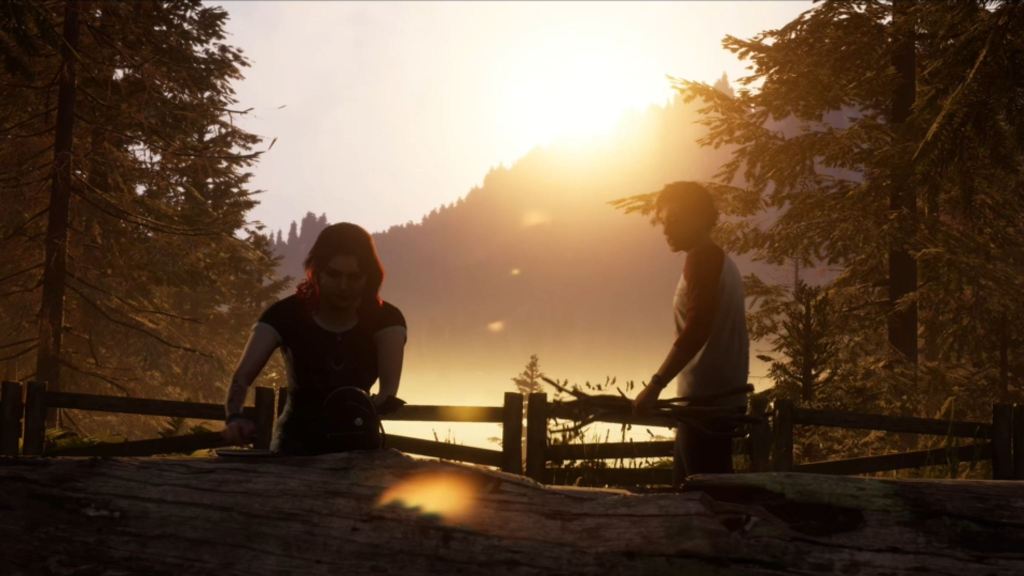
- Release date: June 10, 2022
- Story rating: 6/10
- Character rating: 6/10
- Ending rating: 4/10
The Quarry tried to do what Until Dawn did, but it bordered on being a direct copy of what made the interactive slasher nearly flawless. But this carbon copy of red herrings made The Quarry predictable. I went into this game knowing absolutely nothing, but quickly worked out the “killers” weren’t killers at all. The cast has some of the most likable characters Supermassive has produced, but there’s no development. There was nothing I loved, nor hated, about them. I naturally wanted to keep everyone alive, but this was a selfish wish. The Quarry peaked at the introduction of the real threat, but suffered a similar downward trajectory, like Man of Medan and The Casting of Frank Stone.
The Quarry moved over too many ideas from Until Dawn, resulting in predictable storylines and death sequences. It was the easiest entry to keep everyone alive simply by learning from previous games and avoiding the obvious bad decisions or passing the easy quick-time events. The Quarry felt more survival-based, rather than relying on a random item you picked up hours before to save your character’s life. The threat wasn’t scary and it didn’t feel like there was much at stake when most of the characters never really died.
3) Little Hope
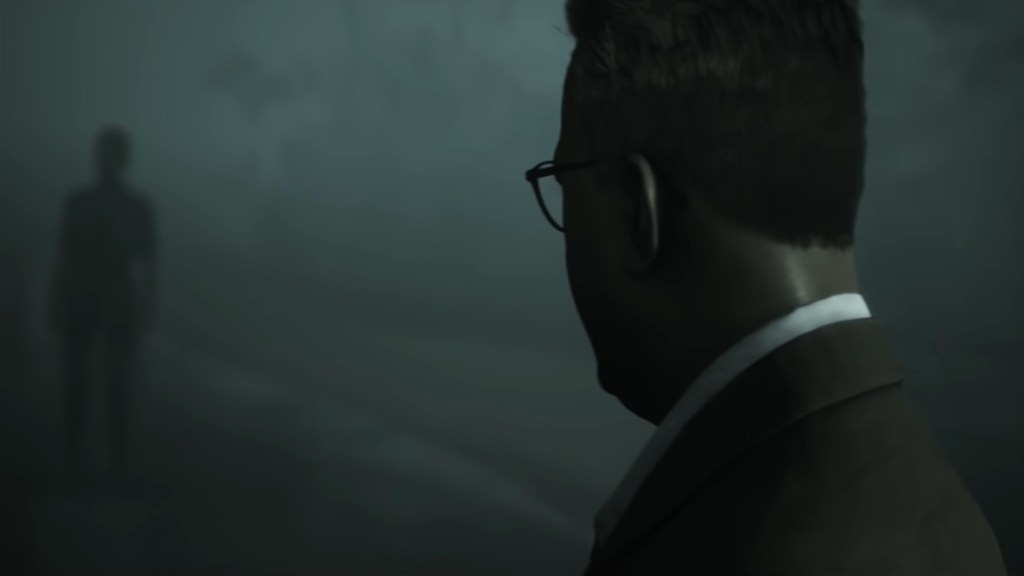
- Release date: October 30, 2020
- Story rating: 8.5/10
- Character rating: 8/10
- Ending rating: 1/10
Sigh, Little Hope was so good until it wasn’t. What I loved most about this entry was its exclusive feature that has since never been replicated. Supermassive looked at how your personality traits develop through your actions, which punished all negative traits you purposely or accidentally gave the characters. Little Hope didn’t have any standout characters and the witch storyline felt random, especially when you reach the ending. But what I loved is that your choices genuinely mattered and you would see the result of your actions once the climax hit. Chased by death, characters were haunted and pursued by a demonic version of themselves who died a gruesome way. It’s giving Final Destination.
RELATED: 10 Movie Twists So Bad They Ruined the Ending
If you had too many negative traits unlocked, then your character would get a brutal and gruesome end. It is a combination of all your choices you made throughout the game that determined the fate of the characters. The problem is, the characters don’t matter at all because of the twist ending. It’s awful, just like Identity (2003). This conclusion made everything you went through absolutely pointless. But Little Hope was fantastic up until this reveal.
2) House of Ashes

- Release date: October 22, 2021
- Story rating: 8/10
- Character rating: 8/10
- Ending rating: 7/10
House of Ashes is close behind Until Dawn as it holds onto many components that made the slasher/supernatural story so good. What’s different about House of Ashes is that I went into the game and found every character detestable. I actually didn’t care if any survived, which was interesting because it meant they could only go up from here (or die trying). I started to see camaraderie, bravery, and how any person could be a hero (or die a villain…Eric). House of Ashes shows the most flawed humans based on their pre-existing biases and ideologies, and how a shared experience can change everything.
It was an odd choice to make it so that no one could die at the start of the game. No matter how hard you tried to kill them off, these characters would survive every gunfight. But the inclusion of supernatural antagonists, with human threat as secondary, was fantastic as it showed a different side to the soldiers and how they’d use their expertise to handle uncharted territories—in a realm where humans weren’t in charge. House of Ashes is the Aliens entry in The Dark Pictures Anthology, as it perfectly balanced horror and action.
1) Until Dawn

- Release date: August 25, 2015
- Story rating: 6/10
- Character rating: 9/10
- Ending rating: 9/10
What made Until Dawn so damn good was its story, pacing, and characters. At a time when interactive games were limited to Quantic Dream (Heavy Rain, Beyond Two Souls, Fahrenheit) and Telltale (The Walking Dead, The Wolf Among Us, Tales from the Borderlands), Until Dawn was a breath of fresh air in the horror scene. Playing exactly like a movie, Until Dawn‘s flawed characters had equal screen time for development. You could find your favorite shifting around as their true nature was revealed because they were scared. Although Mike and Sam easily clear the others as the best characters, you can and surely will align with Matt, Chris, and even Josh.
Characters had complexity and depth, paired with the great red herring of a slasher thriller, which overtook the narrative, hiding the supernatural truth. The game was brutal when it first released because of the motion tracker, heightening the scares when the true, horrifying threat made their presence known. The antagonists’ quickness and ability to one-shot kill anyone made every moment tense and stressful. Until Dawn still looks incredible, too; it really didn’t need a remake.
The post All Interactive Supermassive Games, Ranked appeared first on ComicBook.com.
